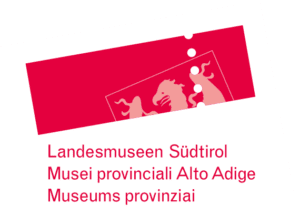Multilingual
Nation states across Europe have pushed back against linguistic diversity in favour of one national language. In South Tyrol, German-speaking schools were banned under Fascism from 1924 on. At the end of the Second World War a school model was introduced to take account of the needs of all three language groups.
deutsch
italiano
ladin
As official languages, German and Italian are treated as equals throughout South Tyrol, with Ladin also having this status in the Ladin-speaking areas. Autonomy also guarantees that each of these language groups has its own school system. Multilingualism is still a challenge for many people.
Because of the historical experience of South Tyrol, common multilingual schooling is still officially taboo. However, the choice of school is free: Italian children can go to German schools and vice versa. In school experiments, up to 50 percent of the lessons can now take place in the other regional language. Italian schools make more use of this.
Italian school
Italian
German as second language
Teachers must belong to the language group in which they teach.
German school
German
Italian as second language
Teachers must belong to the language group in which they teach.
Ladin school
German & Italian
Ladin as a school subject and as an auxiliary language
Ladin-speaking teachers teach in all three languages of instruction.
